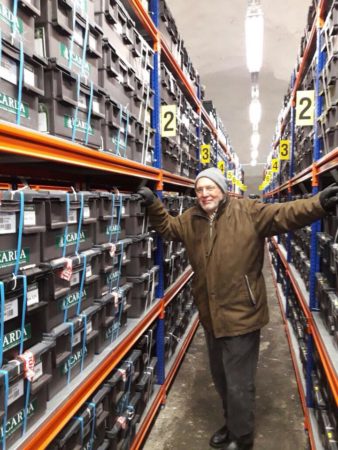Yeah, so this happened.

But let’s not make it about me. For once. Let’s hear it for the Global Gatekeepers of Crop Diversity. Live the whole thing again vicariously on Twitter. And go to Mike Jackson for a round-up.
Agricultural Biodiversity Weblog
Agrobiodiversity is crops, livestock, foodways, microbes, pollinators, wild relatives …
Yeah, so this happened.

But let’s not make it about me. For once. Let’s hear it for the Global Gatekeepers of Crop Diversity. Live the whole thing again vicariously on Twitter. And go to Mike Jackson for a round-up.